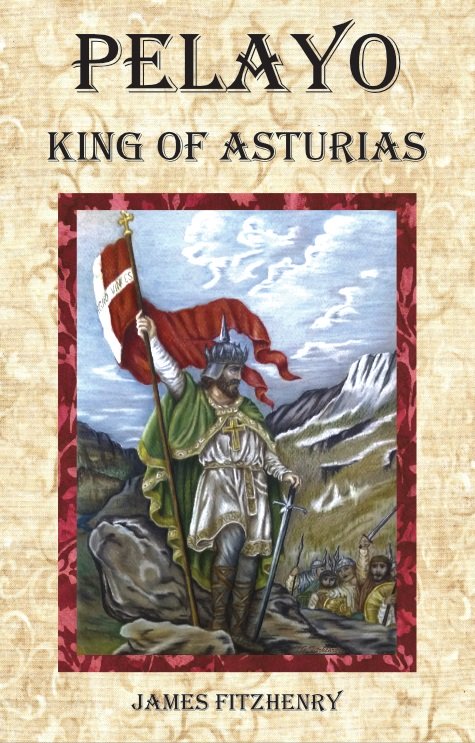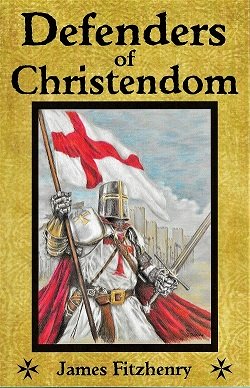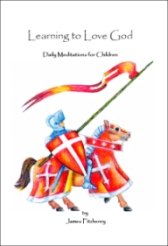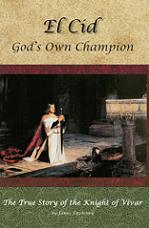Institution of the Angelus
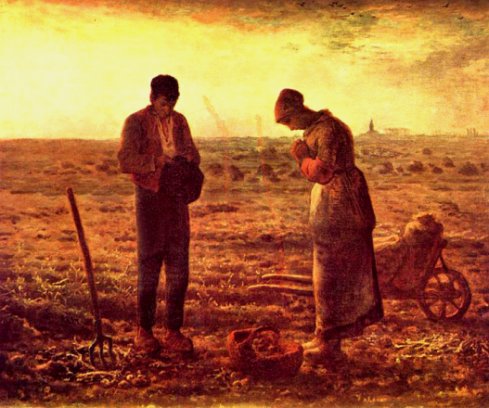
June 28: Institution of the Angelus of Our Lady, Europe, 1456
The institution of the Angelus occurred June 28-29, about 1456 by Pope Callistus. The Turks had been threatening Europe and it was the Pope’s request that the Faithful recite the Angelus for the safety of Christendom against the Turks, and for peace. The Angelus was first recited about sunset, a general practice throughout Europe in the first half of the 14th century, recommended by Pope John XXI. The morning Angelus seems to have started somewhat later, again, for peace. The recitation of the midday Angelus began sometime in the 14th or 15th century; it was called the “Peace Bell.”
This present-day custom of reciting the Angelus is a short practice of devotion in honor of the Incarnation, repeated three times each day, morning, noon, and evening, at the sound of the church bell. It is curious how the Angelus is associated historically with the invasion of the Turks, again, in 1683, when they laid siege to Vienna. Emperor Leopold of Austria fled and begged for assistance and help from John Sobieski, a great Polish general, who gathered his army and hastened to the rescue, stopping at one of Our Lady’s shrines in Poland for blessing.
On September 11, Sobieski was on the heights of Kahlenberg, near Vienna, and the next day engaged in battle with the Turks. Brilliantly leading his troops, he forced the Turks into a trap, but the number of the foe was so great that he could not penetrate their ranks; then Sobieski’s cavalry turned in retreat, interpreted by the Turks as flight. The Turks rushed forward; but were re-attacked. The shouts and cries of Sobieski’s men threw terror into the Turks, when they learned that Sobieski himself, “The Northern Lion,” was on the battlefield, for he had defeated the Turks in Poland on previous occasions, and they feared him; therefore, the Turks fled panic-stricken. The battle raged for a time; all along the front was Sobieski everywhere commanding, fighting, encouraging his men and urging them forward. The Turks were finally defeated, Vienna and Christendom saved, and the news was sent to Pope Innocent XI at Rome.
Institution of the Angelus
Sobieski was a humble man, for in the height of his greatest victory, in a letter to Pope Innocent XI, he said it was God’s cause he was fighting for, and Mary’s honor. His message to the Pope on the victory read: “I came, I saw, but God and Mary conquered.”
The day after the Battle, Sobieski entered Vienna victoriously. Later he pursued the Turks into Hungary, again attacking and defeating them. The Turkish threat to Europe had vanished forever, or at least until the 21st century. Pope Innocent XI, after the battle of Vienna, requested the whole Christian world to recite the Angelus for peace. The Angelus takes on special significance today because Communism has duplicated, in many respects, the pattern of the Turkish invasion of Europe. In our own time, we see the peaceful Moslem invasion of Europe, which once again, Poland is resisting.
The 500th anniversary of the institution of the Angelus by Pope Callistus III, was a reminder to recite the centuries old prayer for peace and for the protection of the Christian world from the Red menace of Communism and the enemies of Western Civilization.
The Institution of the Angelus
*from The Woman in Orbit
Have A Great Story About This Topic?
Do you have a great story? Have You Visited This Shrine? Share it!
Return to Marian Calendar Page
Return to Roman Catholic Saints Home Page
NOW AVAILABLE!!
Pelayo's resistance initiated the nearly 800-year-long Reconquista to take back his country from the ruthless invader who had conquered his homeland and sought to erase his culture and his faith. His actions would lay the foundations of a Kingdom for Christ that would eventually reach around the world and spread the Catholic faith to millions of souls. Read more...
Please help us continue to bring high quality books to our readers at the lowest possible price! Click the link below! Thank you!
Now Available!
Defenders of Christendom
Battles - Honor - Miracles!
This book is filled with
amazing stories of little-known
Catholic heroes presenting
spectacles of bravery and
valor never exceeded in all the annals of history.
Demonstrating his
gallantry through daring feats
of arms, the knight's faith,
coupled with his marvelous
courage, made him nearly
invincible on the field
of battle.
read more . . .
Defenders of Christendom is
Learning to Love God
Especially for young children -
Now available as an e-book!
Available for only $2.99 US
as an ebook download.
Also available in Spanish!
The exciting life story of
the holy Catholic knight
known as El Cid!
Available for only
$22.95
The amazing life story of the
little known incorrupt saint
- King Fernando III!
This highly acclaimed book is
inspirational to young men
and a guide to building a strong
masculine, Catholic character!
Also available as softback!



